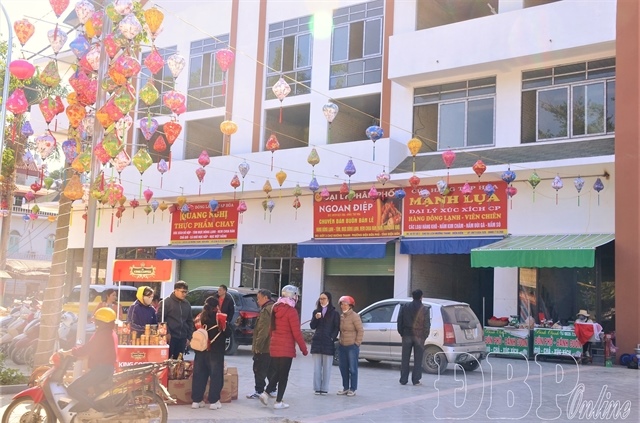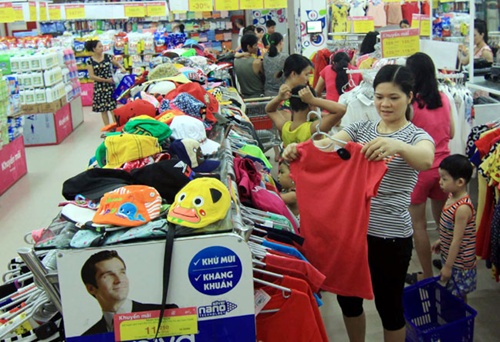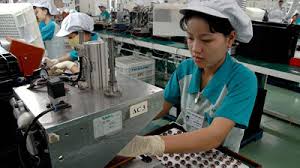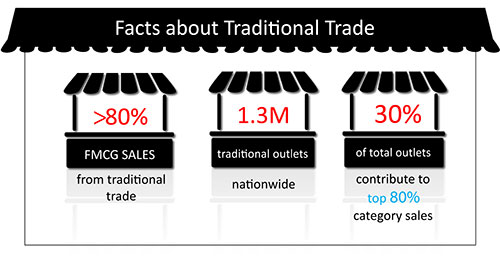Runway clear for the rise of VietJet
Runway clear for the rise of VietJet
VietJet’s recent order for more Airbus fleet reflects the airline’s determination to reach its new growth goal, while continuing to offer their customers greater flight opportunities.
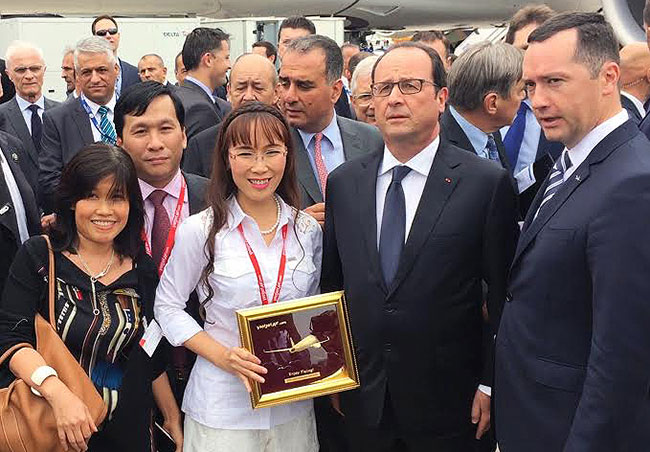
At last week’s International Paris Air Show 2015, VietJet signed a deal with aircraft manufacturer Airbus to purchase six more A321 jets worth $682 million. These aircraft will be delivered in 2017 to accommodate the airline’s rapid growth. The purchase of these A321 – one of the most modern single-aisle aircraft produced by Airbus – will complement last year’s deal between the new-age airline and the European aircraft manufacturer for the purchase and lease of 100 aircraft.
In early 2015, a total of seven A320 and A321 aircraft from that initial order were delivered to VietJet. The private carrier will continue to receive six to 12 aircraft every year until the order is complete. This order for an additional six A321 aircraft from Airbus to be delivered in 2017 is a testament to VietJet’s strong growth, which has exceeded the expectations of the previous contract.
Explaining why the carrier chose to make the additional order, VietJet’s managing director Luu Duc Khanh said, “VietJet has grown faster than expected in the last few years, and our previous purchasing plans for new aircraft could not keep up with the developing demand”.
Fabrice Bregier, Airbus president and CEO, said the A320 family offered the lowest operating costs in the single aisle market, and this latest order from VietJet confirmed the growing popularity of the A321 as the largest member of the product line.
To date, the A320 family has won upwards of 11,700 orders, with over 6,500 aircraft delivered to around 300 operators worldwide. Seating from 100 to 240 passengers, the A320 seamlessly covers the entire single-aisle segment from low- to high-density domestic flights, to longer range routes.
“Since we took delivery of our first A321 in March this year we have benefited strongly from the additional capacity offered by the aircraft and its low operating costs. We are therefore placing this additional order for the A321 to meet the demand on some of our most popular routes,” Nguyen Thi Phuong Thao, VietJet president and CEO, said.
To facilitate its continued growth, VietJet also inked other deals with multiple partners at the Paris Air Show 2015. The airline co-signed a $60 million credit agreement with BNP Paribas, the French bank and financial services provider, which will finance VietJet’s purchase of the six aircraft between now and the end of 2017. Previously, BNP Paribas acted as a financial adviser to VietJet for the airline’s contract to purchase and lease 100 aircraft from Airbus.
In addition to the credit agreement at the Paris Air Show 2015, VietJet signed the major contracts with several partners for its fleet’s insurance package during 2015-2016 worth $1.5 billion. British insurance giants Willis Group Holdings and JLT Group were appointed as brokers along with Vietnamese insurers, Bao Viet Holdings Company, PetroVietnam Insurance Joint Stock Corporation, and Global Insurance Corporation.
“This event, at the world’s largest air show, with the presence of a Vietnamese private airline, as well as global leading insurance firms and banks, underlines the growth and integration of Vietnam’s aviation industry,” Thao commented on the significance of the signed deals.
Indeed, four years ago, before VietJet took off on its maiden flight, very few people believed that a fledgling private Vietnamese airline could place an order for more than 100 aircraft from one of the world's largest aircraft makers. Since joining the market, VietJet has changed the face of the local aviation market, and has created flight opportunities for millions of Vietnamese people.
With around 40 per cent of the market share, VietJet is now the second largest carrier in Vietnam. However, not content to rest on its laurels, the carrier expects to account for more than half of the market share through the expansion of its fleet.
Currently, VietJet is operating 25 A320 and A321 aircraft with 150 flights every day. Its network covers most airports in Vietnam as well as international routes to Singapore, Thailand, Korea, Taiwan, Cambodia, and China.
As of the end of 2014, it had carried about 10 million passengers. But given the rapid growth of the industry and the rising demand from local passengers, VietJet expected to carry 10 million passengers this year alone, raising the total number of its passengers since 2011 to 20 million.
Thao revealed this summer, the carrier had to add 500 additional flights to the domestic market to respond to the rising demand. Also this summer, VietJet increased its frequency along international routes. With the Ho Chi Minh City – Bangkok route increased to three round trips per day, the Hanoi – Bangkok round trip being made four times per day, and the Ho Chi Minh City – Singapore route twice a day, VietJet’s target for this year looks feasible.
“Vietnam’s civil aviation has witnessed dramatic and rapid developments since the foundation of VietJet. The market has seen a stable average growth of over 20 per cent over the last three years,” said Khanh.
Still, the proportion of Vietnamese travelling by air remains very small compared with road, train, and waterway services. This offers a huge growth potential for carriers in Vietnam, including VietJet.
Furthermore, given the fact that one third of VietJet’s passengers are first-time flyers, Thao said the carrier would focus on providing services for this customer base. As the economy continues to grow and competition among carriers is rising, flying costs will be reduced for the benefit of all passengers.
Thao is also confident that this will be an opportunity for VietJet to expand its market share.
“We recognise that if there is a right strategy in place, they [first-time flyers] will be a very promising segment for the growth of VietJet,” said Thao.
However, in order to do that, VietJet must first expand its fleet. Although the carrier has already ordered 106 aircraft from Airbus, this figure may not be enough to meet the market demand.
“We may not have enough aircraft for the period 2018-2019, because most of our ordered aircraft will be delivered in the period of 2019-2023. To fill up this gap, we obviously have to increase our fleet to meet the rising demand of our passengers,” Thao said, adding that VietJet would expand its network to many more destinations in Southeast Asia and Asia-Pacific.


